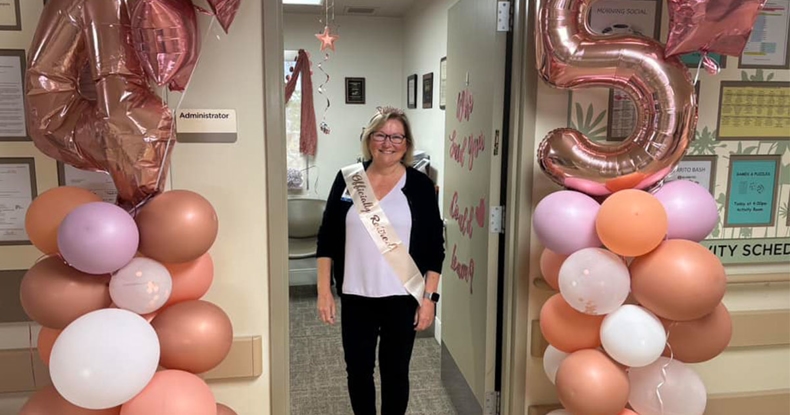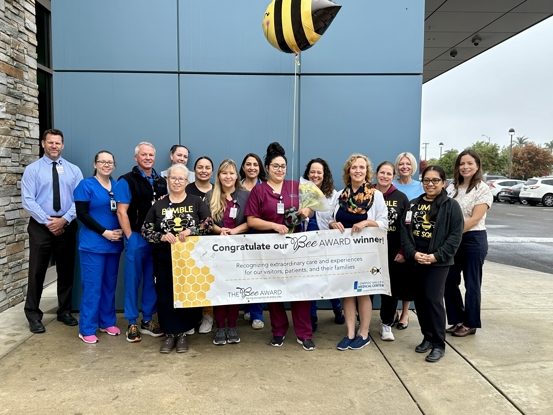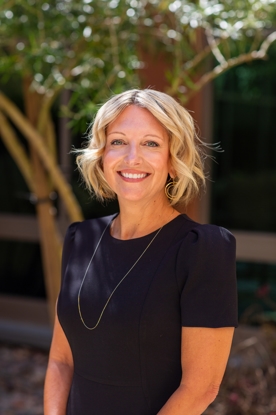LVMC Debuts New Surgical Da Vinci Robotic System
- Category: LVMC Updates
- Posted On:
- Written By: Nora Wallace

Using an advanced Da Vinci Robotic System, LVMC begins a new surgical era for patients.
This week, LVMC ushered in a new era in surgical advances for patients. For the first time in the more than seven decades of the hospital’s existence, a surgery was performed using a state-of-the-art robotic system.
Dr. Christopher Taglia, DABS, DABOM, performed five bariatric (weight loss) and hernia surgeries the week of Sept. 29, using LVMC’s new Intuitive da Vinci XI Single Console Robotic System. The advancement in surgical systems will typically result in shorter hospitalization stays, reduced pain and discomfort for the patient, faster recovery time, smaller incisions and minimal scarring.
The early morning of Sept. 20 was the first surgery with the system at LVMC. With the Perioperative Services team all trained in the da Vinci’s intricacies, Dr. Taglia performed a laparoscopic sleeve gastrectomy, as well as a hiatal hernia repair, on a 65-year-old woman.
LVMC is currently the only hospital in Santa Barbara County performing bariatric surgeries with the da Vinci robotic system.
Some people may be confused by the term “robotic” or “robot surgery.” Robots are not actually performing the surgery – a surgeon is in control of the operation at all times.
During the surgery, Dr. Taglia manipulated the da Vinci surgical system while sitting at a unique console – just a few feet from the surgical table. The console provides surgeons with a more ergonomic operating system, with significantly improved dexterity and precision.
Using his fingers, Dr. Taglia was able to intricately move the surgical instruments while observing the patient’s surgical area with enhanced 3D optics magnified 10 times to what the human eye could see. Dr. Taglia controlled tiny instruments – created by Karl Storz Imaging in Goleta – in ways the human hand could not normally bend or twist. The robotic instrumentation also enables a surgeon to access hard-to-reach anatomy. A half-dozen computer screens broadcast the process around the Operating Suite, enabling the entire team to track the progress of the surgery.
Traditional open surgical procedures require a surgeon to create a large incision on the patient to see the area of medical concern. The da Vinci system enables the surgeon to create a few, much smaller, incision points. In those points, surgical equipment and the camera are inserted to allow the magnified images to be seen by the surgeon. Having smaller incisions also means a patient will generally have less post-operative pain and quicker recovery times.
During the sleeve gastrectomy, Dr. Taglia reduced the patient’s stomach size by approximately 80 percent, which will limit the amount of food the patient’s stomach can hold and ultimately result in weight loss.
Dr. Chris Lumsdaine reported to the LVMC Board of Directors that one of his patients underwent a da Vinci surgery this week with Dr. Taglia as the surgeon. Dr. Lumsdaine was enthusiastic about her post-surgery pain levels and hopes for faster recovery.
If you are interested in knowing whether you might be eligible for surgery via the da Vinci system, please contact your physician for more information.












.jpg)